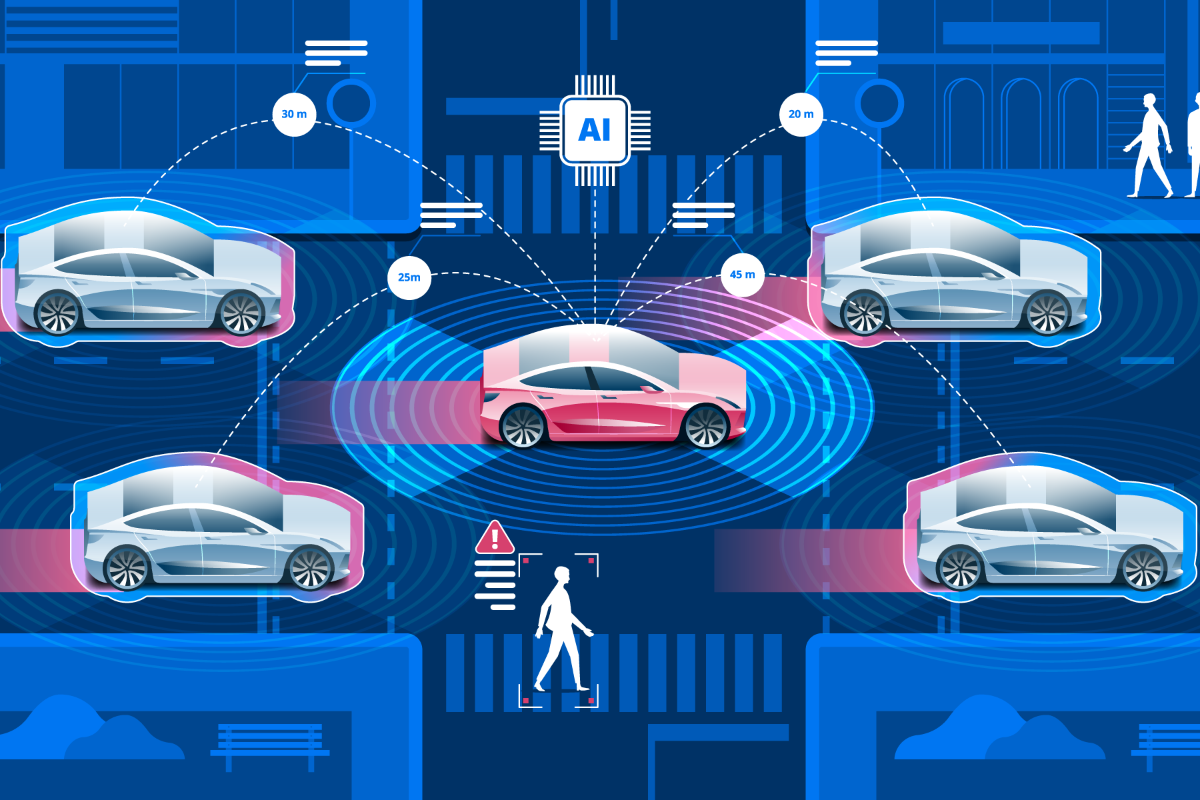Buzz Haven: Your Daily Dose of News
Stay informed and entertained with the latest buzz in news, trends, and insights.
Are We Ready to Share the Road with Robots?
Discover if we're truly ready to share the road with robots—join the debate on safety, innovation, and the future of transportation!
Understanding the Future: How Robots Will Change Our Roads
The evolution of technology has brought us to the brink of a new era in transportation. Robots, particularly in the form of autonomous vehicles, are set to transform our roads fundamentally. As these robotic systems become more integrated into our daily commute, we can expect advancements in safety, efficiency, and traffic management. For instance, with the help of robotic technology, cars will communicate with each other to reduce collisions and optimize driving routes, leading to a significant decrease in traffic congestion. Moreover, the rise of autonomous delivery robots will change how goods are transported, ensuring faster and more reliable service.
While the benefits are promising, the transition towards a robot-centric transportation system will not be without challenges. As we embrace these innovations, it will be crucial to address concerns regarding regulations and infrastructure. Cities will need to adapt their roads to accommodate robot-operated vehicles and ensure that appropriate laws are in place to govern their use. Additionally, public acceptance and trust in robotic technology will be vital for widespread adoption. By navigating these obstacles, we can pave the way for a future where robots not only enhance our driving experience but also lead to safer and smarter roads for everyone.

The Pros and Cons of Road Sharing with Autonomous Vehicles
As the advent of autonomous vehicles transforms the transportation landscape, road sharing with these smart machines presents both exciting opportunities and significant challenges. One of the primary pros of integrating autonomous vehicles into our roadways is the potential for enhanced safety. According to studies, self-driving cars can significantly reduce human errors, which account for the majority of traffic accidents. Moreover, autonomous vehicles can communicate with one another and with road infrastructure, leading to optimized traffic flow and reduced congestion. This technology could pave the way for a future where road sharing is not only feasible but also more efficient and less hazardous.
Conversely, the shift toward road sharing with autonomous vehicles is not without its cons. One major concern revolves around the unpredictability of human drivers in mixed traffic environments. Autonomous vehicles are programmed to react to scenarios based on data inputs, but the erratic behavior of non-autonomous drivers can lead to confusion and potential accidents. Additionally, there are ethical implications regarding decision-making in critical situations that require human judgment. The integration of autonomous vehicles into existing traffic systems also raises questions about regulatory frameworks and the need for updated infrastructure to accommodate these technologies, which can require substantial investment and time.
Are We Prepared for Robot-Driven Cars on Our Streets?
The advent of robot-driven cars brings both excitement and anxiety to the forefront of modern transportation. As we stand on the precipice of a new era in automotive technology, understanding our preparedness for these autonomous vehicles is critical. With pilot programs and prototypes already on the road, cities are beginning to evaluate their infrastructure to accommodate these changes. Are the roads and traffic systems designed for human drivers ready to handle the complexities of robot-driven cars? The answer lies in whether municipalities can adapt regulations, signaling systems, and road designs to facilitate a safe transition.
Moreover, public perception plays a crucial role in the integration of robot-driven cars into everyday life. Many individuals express concerns about safety and reliability, as highlighted by various surveys. Are we prepared to trust these machines with our lives, and what happens if they fail? For successful adaptation, stakeholders must engage in comprehensive discussions that address these fears while promoting the benefits of autonomous driving. Through education and transparent communication, we can help pave the way for a future where robot-driven cars coexist with human drivers on city streets.